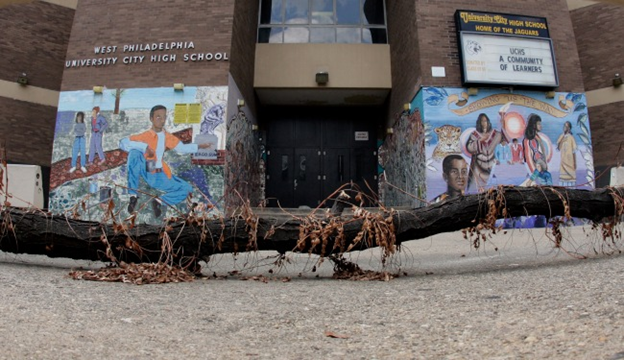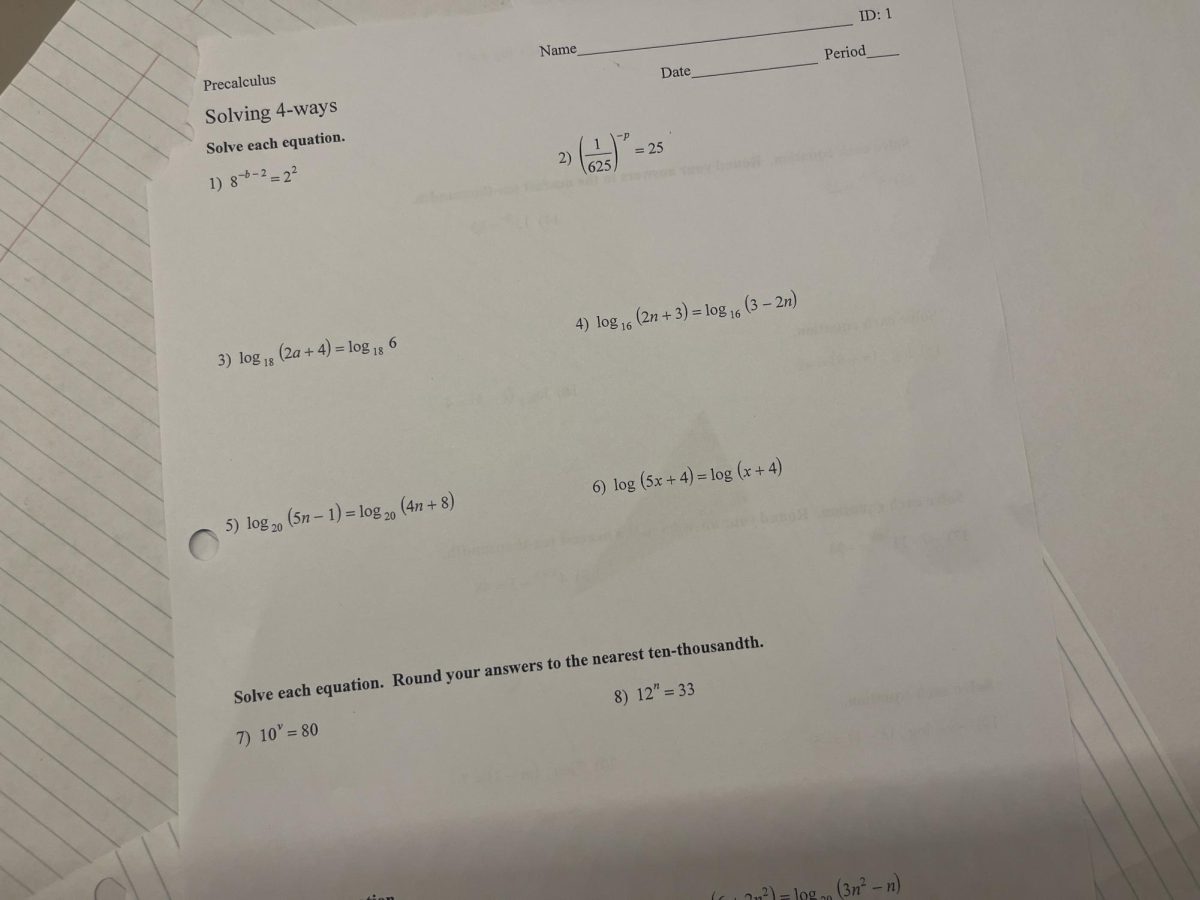The United States Government should not dismantle the Department of Education as it funds public schools to help bridge the gap between schools in high-poverty areas and wealthier areas, funds programs and education for students with disabilities, provides federal student loans, and more.
The Department of Education is crucial to the welfare of many students. Specifically, the future of federal student loans could be thrown into serious turmoil. If the department were dismantled, loan management and forgiveness programs would likely be restructured or cut. This would leave borrowers uncertain about their repayment options and the protections they rely on. Higher education would become even less accessible for low-income families, especially considering the rising college costs.
The Trump administration has suggested that the management of student loans would shift to the Treasury Department. The president would appoint a board of trustees to oversee federal student aid. They would handle payment collections, defaults, and borrower interactions. The Trump administration could likely roll back income-driven repayment (IDR) plans, which allow borrowers to make payments based on their income. Instead, they have proposed a single IDR plan requiring borrowers to pay at least 10% of their income above the poverty line. Additionally, the administration plans to cut programs such as Parent PLUS, which helps families pay for undergraduate education, Public Service Loan Forgiveness, and Biden’s SAVE plan. It has been argued that Trump would have a difficult time gaining support through Congress to rid the department. However, the programs could face “death by neglect.”
Louis Menta, a Republican-leaning student, stated, “I believe that Trump should hand all of the responsibilities of the Department of Education back to the states.” Menta expressed that the department uses a significant amount of funds for unneeded research, such as data collection. However, without data collection, schools, for example, would not be able to change things like later start times or scheduling like block scheduling. “Cutting the programs would filter money into other needs for the government,” Menta explained, but how else would students with a wide range of needs, from learning disability support to student financial aid, get this support? As of right now, the Department of Education holds and manages about $1.5 trillion in federal student loan debt, impacting over 40 million borrowers nationwide.
Shifting the responsibility to the Treasury Department could pose stricter repayment expectations and eliminate certain borrower protections. If the Trump administration were to follow through with their single IDR plan, borrowers would also see higher monthly payments. Anita Benedix, a middle school teacher, stated, “There is room for reform, but I don’t think the department should be done away with. Some of those government programs are all kids have. Without those possibilities, they would not be able to afford college.” When the Department of Education handles student loans, borrowers can receive lower interest rates, making it more feasible for them to repay their loans. Loan forgiveness is where the government forgives borrower’s student debt to where they may not have to pay any of their loans back. We think that, in many cases, this could be very beneficial, especially for low-income families. Benedix disagrees with loan forgiveness. “I don’t think it is the government’s responsibility to pay off student debt. They should be giving interest-free loans,” she said. Without the Department of Education and federal student loans, borrowers would have to rely on private banks to get their loans. “It is a risky loan for a bank to give that much money to students, so their interest rates will be higher,” Benedix stated. The department can handle such large loans and the risks posing its overall importance. Benedix said, “Most of what we do in schools is governed by the state.” However, education should still have federal oversight to support students in ways that just aren’t feasible at the state or private level.
What the government can do is create programs that help students make good choices about financing their education so they don’t go into debt in the first place. This would mean that the department wouldn’t lose money in debt forgiveness, and the finances would shift so the department handles little to no interest rates on student loans. Legislation could also prevent predatory loans for students, meaning institutions would not be able to overcharge and take advantage of young borrowers in need.
Sources:
Trump would need congressional approval to dissolve Education Department, experts say | Fox News
Trump Cabinet picks: Why he might not close the Dept. of Education after all.
What does the U.S. Department of Education do? – CBS Minnesota





